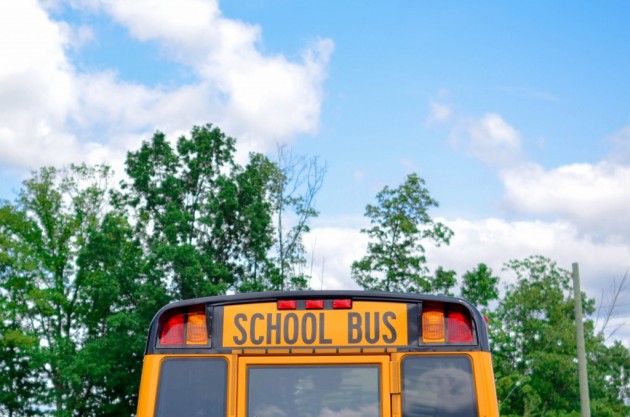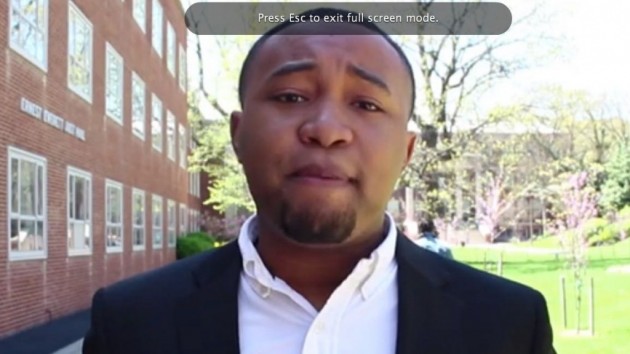Second Installation of D.C. Noir Series Takes Genre to a New Level
The room fell silent as the charismatic Rhozier “Roach” Brown read his written words aloud.
Many of the attendees had read the words. Some mumbled the lines under their breath as Brown spoke into the microphone.
They had packed the Langston Room at Busboys and Poets, just blocks from where Brown was raised, to hear the D.C. native, James Grady and George Pelecanos discuss the latest installation in the Akashic Noir series – D.C. Noir 2: The Classics.
Brown started writing while in solitary confinement at Lorton Reformatory in Virginia. He didn’t have paper, so he wrote in the dust on the floor. He never even dreamed of being a published author. Then, he said, he wrote for his sanity.
“”We need it,” Brown said. “Literature opens up your mind, opens up your hearts. A lot of guys go to prison and learn to be great writers.
“You’ll be surprised how many writers went to prison, to find themselves. That solitude helps, but not too much of it though,” he said laughing, after the event.
Most of the people in attendance had followed the Brown since 2006 when he was featured in the first book, D.C. Noir. Others had tracked his work locally before then.
The event brought Michael Mann, of Oakton, Va., out to the restaurant on the corner of 14th and V Streets Northwest, for the first time. He really enjoyed the first D.C. Noir collection, and although he was only through the ninth section of the second book, he could tell that there were some differences.
“I liked a lot of the crime and mystery in the first one,” he said. “This one is a little more subtle.”
That is because when Pelecanos set out to put together D.C. Noir 2, he found that there weren’t many works to choose from.
“I thought I was going to find a bunch of D.C. short story collections to choose from and the problem was there weren’t any,” Pelecanos said. “It was kind of surprising, but it was also disturbing. So my vision for this thing changed.”
So he decided to stretch the boundaries of the “noir” genre and create a best of Washington fiction collection. These stories, Pelecanos said, “contain the internal mechanic of noir…there’s deep psychological conflict in these stories. There’s stories about the city’s racial and class divide, stories about love and the pain of love; and what I’m really talking about is social realism.”
D.C. Noir 2 borrows from the works of Paul Laurence Dunbar, Langston Hughes and Richard Wright, as well as lesser-known local writers, such as Brown.
What binds them into this book, Pelecanos said, is their understanding of how the city works.
“Some of the authors lived here their whole lives. Some of them were born here and left,” he said. “But I think you’ll agree when you read them that everybody kind of got the District.”
Grady, a contributor to both books, said that making sure that all the authors had a true sense of life in Washington was key in setting this book apart from other literature based on the city.
“What’s really bizarre is there’s almost no Washington literature,” Grady said. “You read American literature and the books that use Washington, they’re written by people from, you know, who knows where.
“They come in and…it’s like six cliches and a couple monuments. But real, organic literature in Washington is, I would say, shockingly rare.”
Pelecanos said because of this, he hopes this collection will show people that Washington, DC has a great background in the written word, especially D.C. youth.
“What a literary history we have,” he said. “I would like this to get into the school system somehow because I want kids to know about it and get inspired by it. That’s why I did it….My hope is that some students here in the District will read this and say, they did, maybe I can do it too.”




